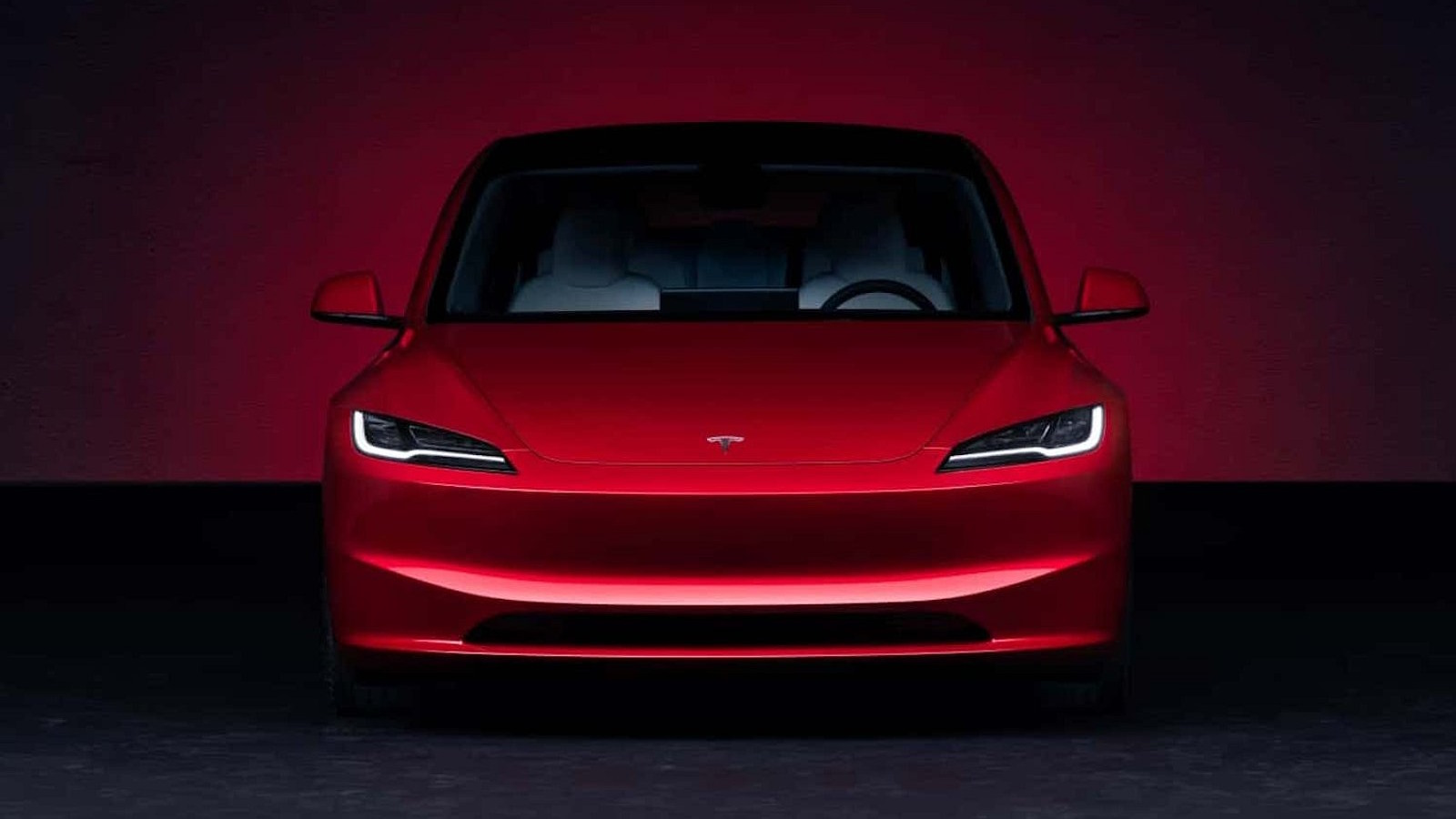It’s simple to see why Tesla’s entry-level car has been such a hit. Even after several years on the market, competitors are still unable to match its range, charging speed, and performance. In addition, the Tesla Model 3 offers the most nimble and natural-feeling handling of any Tesla.
As if that weren’t enough, Tesla cut the Model 3’s list price earlier this year, making the single-motor model only slightly more expensive than electric hatchbacks like the Vauxhall Astra Electric.
However, straight to the facelift. Tesla claims that more than half of the Model 3’s components have been upgraded in response to user feedback, with the goal of boosting refinement and comfort.
That price cut was not a one-time event to clear out old stock at the conclusion of the season. Tesla promises that the corresponding facelifted version will only cost an additional £1000-2000 when it comes to the UK in early 2024.
Exterior design
The most noticeable cosmetic modification is at the front. Because the slimmer headlights are now powerful enough to render the fog lights obsolete, they have been eliminated. This has freed up room for the bumper to be modified to reduce drag and increase efficiency.
The rear lights have been redesigned to be C-shaped and integrated into the boot lid, and the logo has been replaced with ‘Tesla’ writing. The reverse lights have been relocated to a lower position on the bumper.
The red and grey paint schemes have been slightly modified, and the wheel designs have been changed to be more aerodynamically efficient.
These wheels also come with new tires, which were chosen to improve ride comfort and reduce road noise. The Model 3 has always had a stiffer ride, and while retuned bushings and altered geometry up front haven’t changed that, the new Model 3 does take the sting out of bumps slightly better than before.
It’s also quieter on the road due to a slightly redesigned bonnet (to help direct air over the front wipers) and double-glazed rear windows.
Interior design
The interior of the Model 3 has also been changed, partially to make it feel more upscale, but also to help absorb road noise with more soft materials.
It worked, and the upgrades are appreciated, but the difference isn’t night and day, as with the ride. In comparison to the previous generation, a few more changes liven up the inside.
You can now customize the dashboard’s top panel with inserts in a different color or material, such as a grey textured fabric. The cupholders now feature a sliding cover, and an ambient lighting strip runs along the upper half of the doors and the top of the dashboard.
The more vibrant, faster 15.4-inch touchscreen has a thinner surround, though you’d have to look closely to spot the difference between it and the previous model.
The Extended Range’s sound system has also been upgraded, with 17 speakers (rather than 14), new amps, and software to make it sound punchier and more immersive.
With more microphones to assist in isolating your audio, your voice should sound clearer during a phone call as well. The 5GHz onboard Wi-Fi range has been quadrupled, enhancing connectivity for those over-the-air upgrades when the car has to connect to your home router.
The doors have been strengthened to give more protection in the event of a side impact. As a result, they have a more reassuring clunk when they close.
Engine specifications
Our primary complaints about the Tesla Model 3 were its lack of refinement and perceived quality, and while these changes don’t rocket it past the BMW i4, they do tighten the distance.
Meanwhile, Tesla continues to be a leader in electric drivetrain technology. The regular car’s battery capacity and charging speeds remain constant at 170kW and 250kW, respectively.
The electric powertrain performs similarly in all variants, with the only difference being that the 18-inch tires have a lower top speed of 125mph.
That equates to a 0-62mph pace of 6.1 seconds for the 245bhp base model and 4.4 seconds for the 351bhp Long Range. The Performance model has yet to be announced, but it is expected to appear later.

